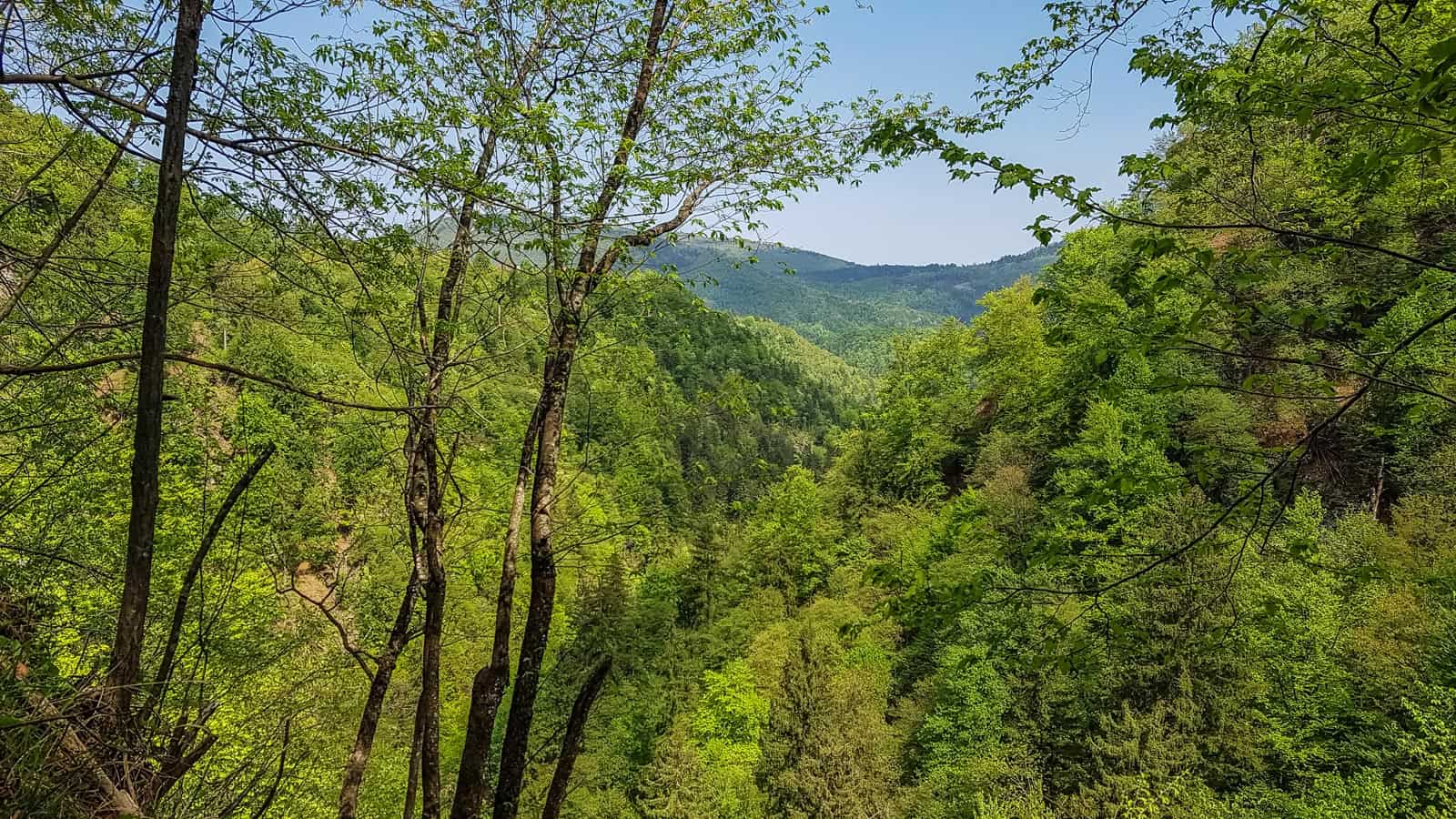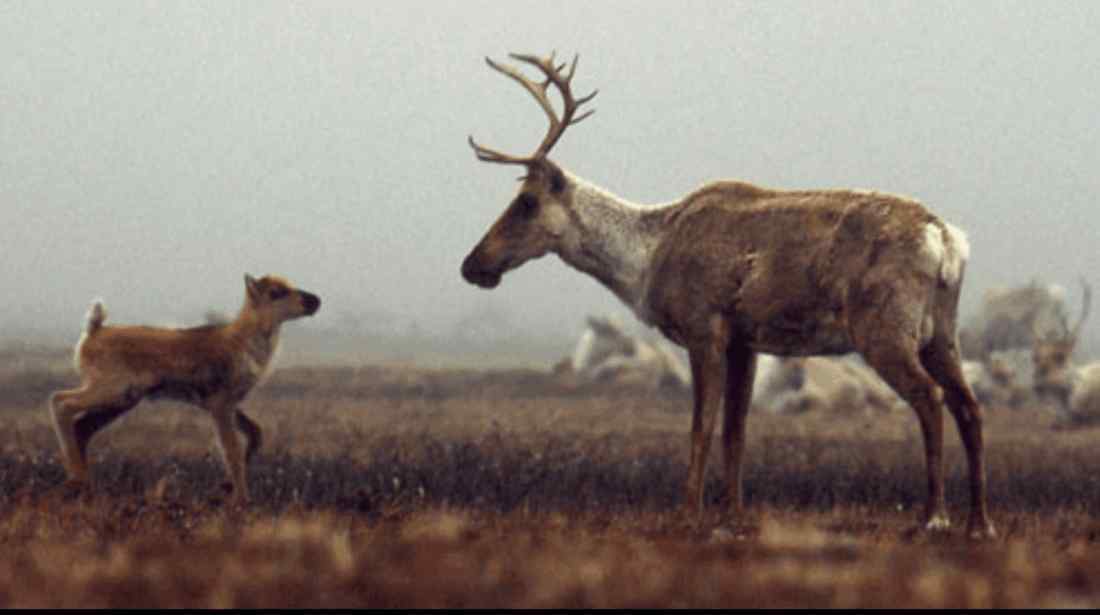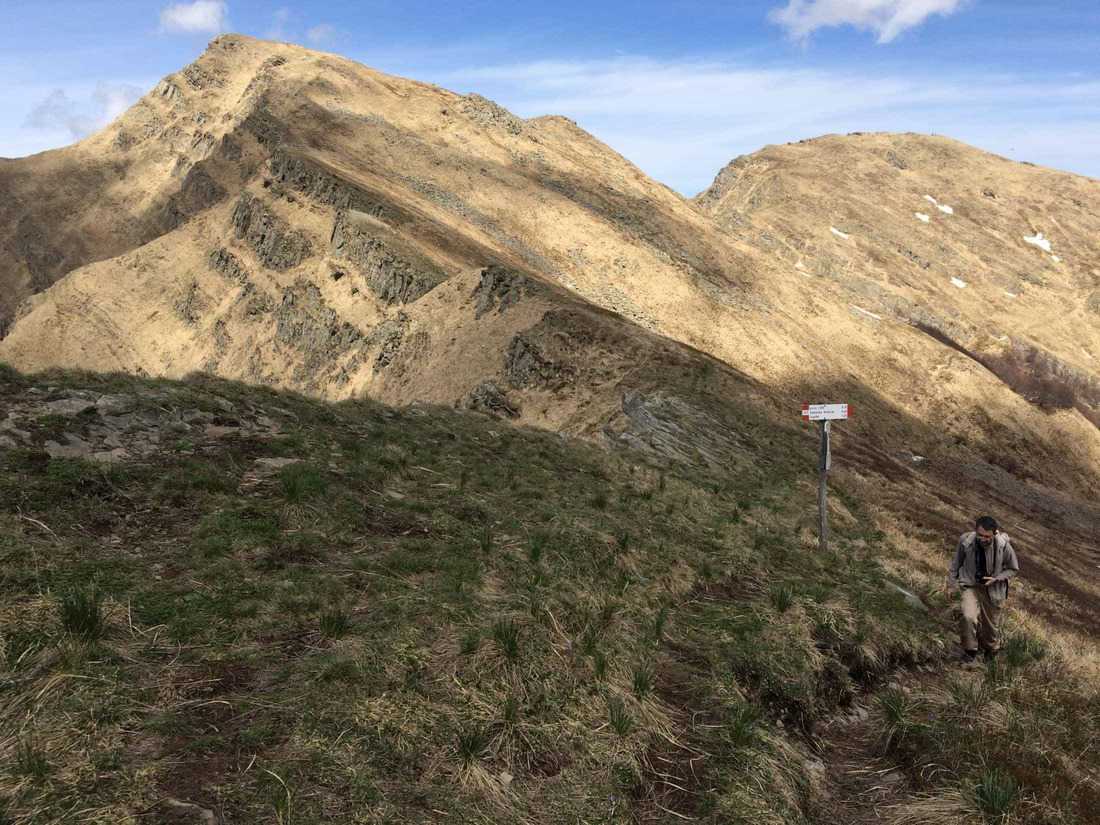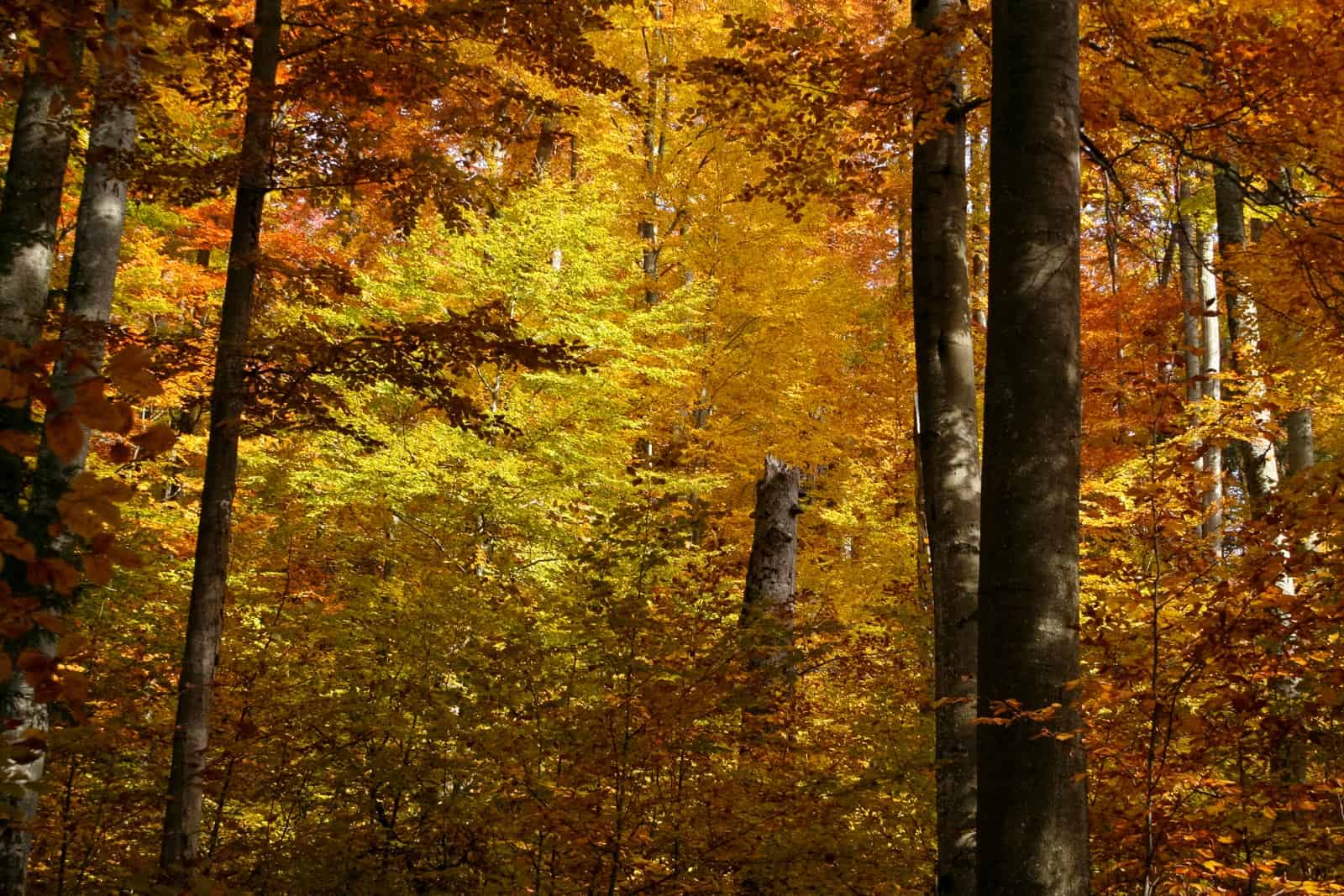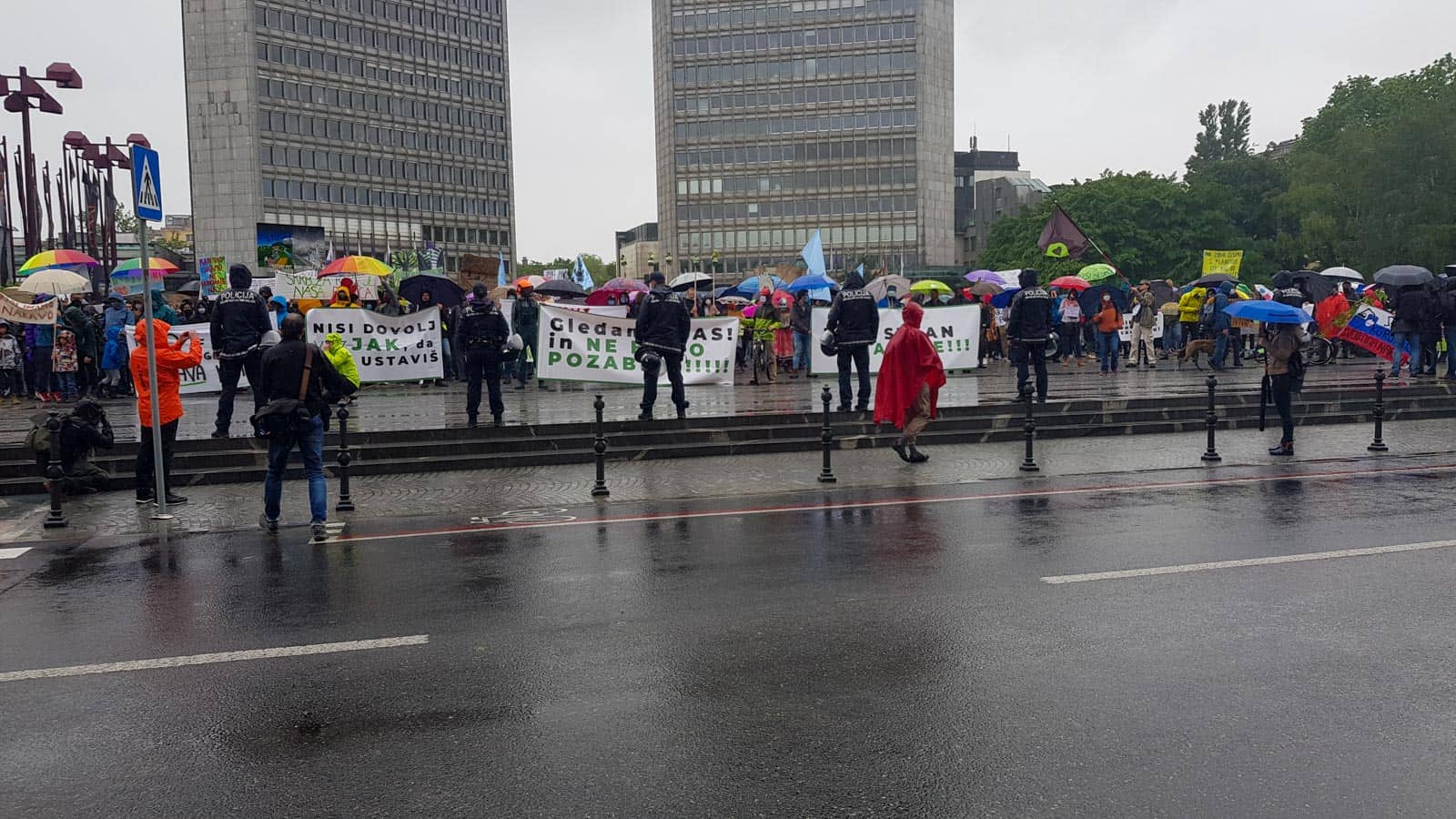Ambitious EU Biodiversity Strategy 2030
Yesterday, 20th May, the EU published a document titled ‘Communication: EU Biodiversity Strategy for 2030 – Bringing nature back into our lives’ by the European Comission, which includes the Biodiversity Strategy 2030 for the European Union. The strategy, which is supposed to be passed soon, has several ambitious goals for nature conservation in Europe.
Please also read: European countries take actions against nitrogen pollution
With this strategy, the EU finally acknwoledges the economic and social importance of nature. Half of the global GDP, € 40 trillion, depends on nature. Ecosystems provide food, health, material, recreation and wellbeing. They also filter our air and water, protect our climate, recycle waste and make agriculture possible through pollination. Hence, the Biodiversity Strategy actively includes construction, agriculture and food sector and highlights how these will profit from biodiversity conservation.
Strategy to protect biodiversity in Europe for the next decade
To secure all of these benefits for the future, EU wants protect intact ecosystems and restore degraded ones. This includes increasing organic farming to enhance biodiversity in our agricultural landscape and reverse the decline of pollinators.
Protecting and restoring biodiversity is the only way to preserve the quality and continuity of human life on Earth. The commitments proposed in this strategy pave the way for ambitiousand necessary changes – changes that will ensure the wellbeing and economic prosperity of present and future generations in a healthy environment

The EU Biodiversity Strategy 2030 aims to:
- Turn 30% of land and sea in Europe into protected areas (currently 26% / 11%)
- Strictly protect 10% of EU land and sea including all old-growth forests
- Plant three billion trees
- Restore 25 000 km of rivers to a free-flowing state
- Reduce pesticide use by 50%
- Reduce fertilizer use by 20%
- Turn 10% of current agricultural area into high-diversity landscape features
- 25% organic agriculture
- Unlock € 20 billion per year for biodiversity
Cooperation is key
Crucial is a synergy with the Common Agricultural Policy (CAP), which will also be renewed this year. The new ‘Farm to Fork Strategy’ will promote eco-schemes and take climate criteria into consideration.
The Biodiversity Strategy says that the EU also wants to take a ‘leading position in the world in addressing the global biodiversity crisis’. This also means using external action and international partnerships to coordinate and improve nature conservation worldwide.
Will goals turn into achievements?
The big issue of the strategy is that while setting a goal for financial funds, the EU does not specify where the money is supposed to come from. It only says it should include ‘EU funds and national and private funding’. Goals are important, but do not create change without an organized and sustainable implementation.
It’s a good and ambitious document, but what is also obvious is the lack of strategy of how to implement it, and a lack of discussion of why previous documents of this type failed.

The EU Biodiversity Strategy 2030 is great step in the right direction and sets ambitious goals for the next daecade. But it is only the first step to turn biodiversity loss in the EU around.

